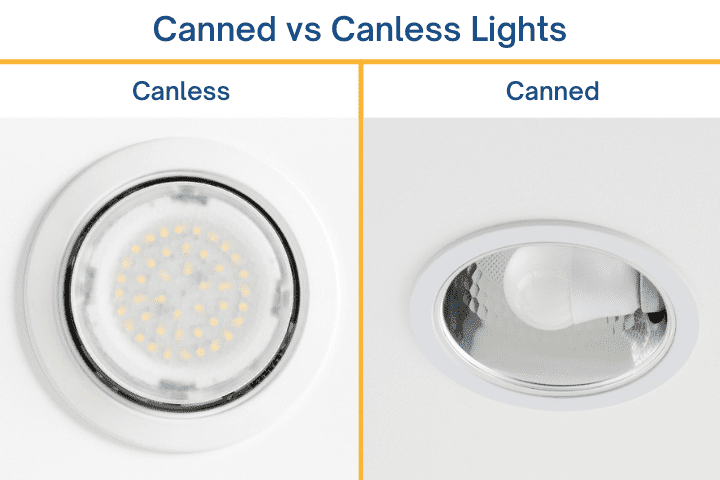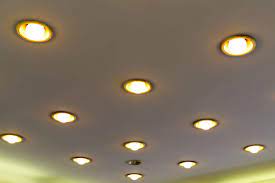Recessed lighting is a popular choice for home and office lighting because it is unobtrusive, stylish, and versatile. There are two main types of recessed lighting: can vs canless recessed lighting. Both have their pros and cons, so it’s important to understand the difference before making a decision.
Can Lights
Can lights are the traditional type of recessed lighting. They are called “can lights” because they require a metal housing that fits around the light bulb and is mounted to the ceiling. Can lights are easy to install and relatively inexpensive, but they can be more difficult to clean and maintain than canless lights.
Canless Lights
Canless lights (also called “recessed light conversion kits”) do not require a metal housing. This makes them easier to clean and maintain than can lights, but it also makes them more expensive. Canless lights are also more difficult to install than can lights, so it’s important to factor in your own skill level when making a decision.
The pros and cons of can vs canless recessed lighting
Pros:
1) Can light fixtures are generally easier to install than canless recessed lighting. This is because they don’t require any special tools or skills in order to install them – you simply cut a hole into your ceiling and then pop the light fixture right into place. As long as you have some basic handiwork skills, this process should be relatively easy for you.
2) Another great thing about can lights is that they are generally very affordable compared to other types of recessed lighting. Even if you choose more expensive professional-grade models, these will still typically be cheaper than their canless counterparts. So if you’re looking for an inexpensive way to improve the lighting in your home without sacrificing style, can lights are a great option.

3) Can light fixtures also tend to be more versatile when it comes to placement. Since they don’t hang down from the ceiling like canless recessed lighting does, you have a lot more flexibility in terms of where you install them.
Cons:
1) One big downside to can light fixtures is that they aren’t quite as efficient as other types of recessed lighting options. While they do offer superior energy efficiency compared to traditional incandescent bulbs, they still aren’t as efficient as LED or CFL bulbs. So if you’re looking for a lighting solution that will allow you to save money on your energy bill, then can lights might not be the best option for you.
2) Another problem with can light fixtures is that they tend to look unattractive when installed in certain styles of home. Because these types of lights are typically very wide and flat, they tend to look out of place in older homes that have lots of charm or character – especially if the rest of your home has been updated and renovated to reflect more modern design trends. So if you want your lighting fixtures to perfectly match the overall aesthetic theme of your home, then this type may not always be the best choice for
In the end
There is no right or wrong answer when it comes to can vs canless recessed lighting. It all depends on your personal preferences and needs. If you’re looking for an affordable, easy-to-install option, then can lights are probably your best bet.



